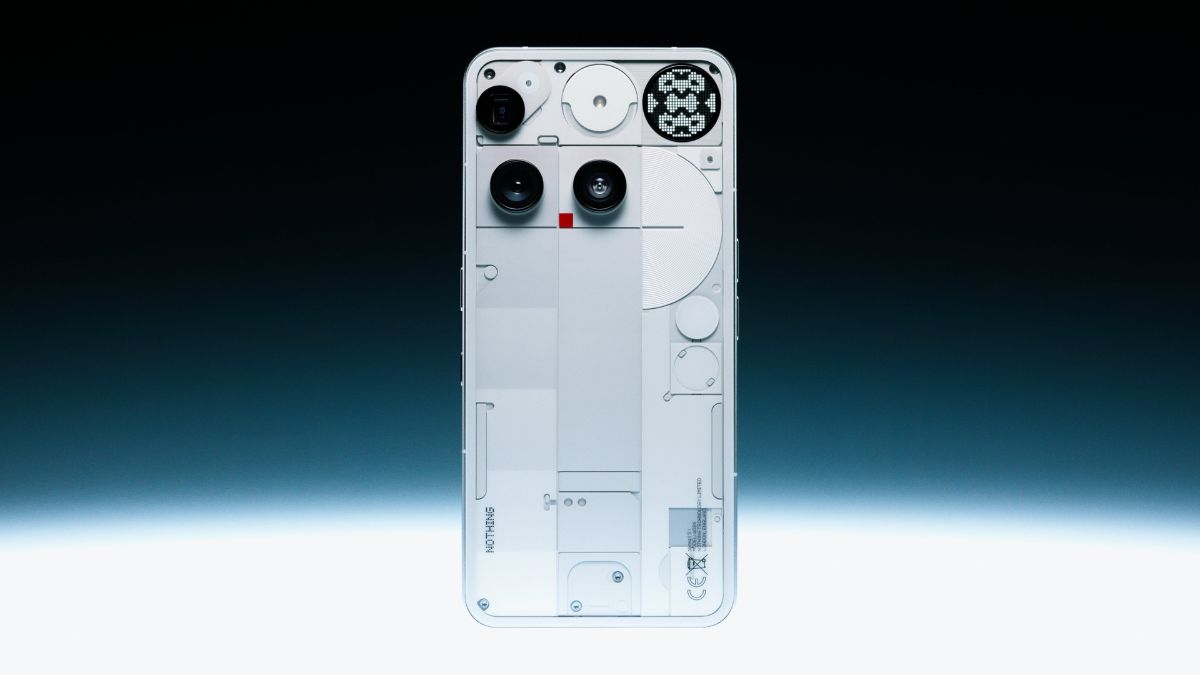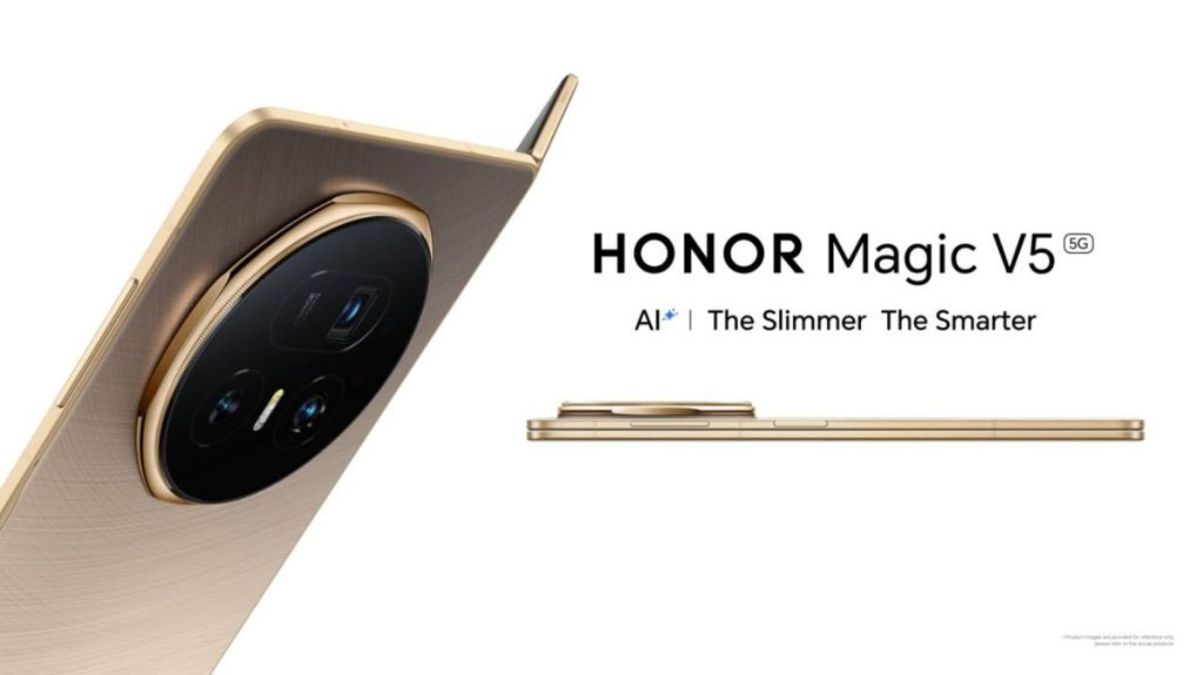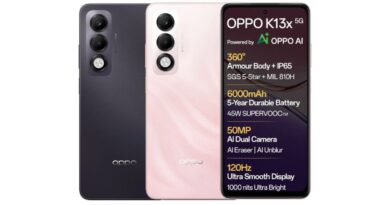Nothing has officially launched its Phone (3) in India, with prices starting at ₹79,999 for the 12GB + 256GB variant and ₹89,999 for the 16GB + 512GB version. With launch offers and exchange discounts, the effective prices come down to ₹62,999 and ₹72,999, respectively. On paper, it looks like a big leap for the brand. But if we do a bit of research on other available options, the price of Nothing Phone (3) does not quite match what it offers, especially when you compare it to the competition in the same price range.
There is no denying that Nothing is doing something different, and all the previous products were value for money. This time, the company decided to launch flagship products to compete in premium segments. The Phone (3) brings a new design with the Glyph Matrix, a more advanced version of its signature light system. It now supports real-time widgets, interactive elements, and even mini-games. The software is clean, lightweight, and Nothing OS has promised 5 years of Android updates and 7 years of security patches, something only a few brands do.
But when you look at the specs, all that excitement starts to fade. I am not saying this just for the sake of it. I have valid reasons to back what I am saying. The Nothing Phone (3) tries to present itself as a flagship, but it comes with compromises in many key areas. Let me explain everything clearly.
The Processor Is Good, But Not Great
The Nothing Phone (3) packs the Snapdragon 8s Gen 4 chipset. It is a capable chip and very efficient, but it is not the best Qualcomm offers right now. The newer Snapdragon 8 Elite is faster and more powerful. When a company launches a true flagship device in 2025, the Snapdragon 8 Elite should be in it.
In this price segment, users expect the best chip available, not a near-flagship option. OnePlus 13 starts at ₹69,999 and comes with the Snapdragon 8 Elite. iQOO 13 is even cheaper with a starting price of ₹54,999 and offers the Snapdragon 8 Elite. Snapdragon 8 Elite, Xiaomi 15, and OnePlus 13s are a few other options that cost much less than the Nothing Phone 3.
If buyers are expected to compromise on the chipset, the brand should make up for it in other key areas. But that does not seem to be the case here.
Display is Bright, But Not LTPO
The Phone (3) has a 6.67-inch AMOLED display with a 120Hz refresh rate and up to 4500 nits of brightness. But it uses LTPS tech, not LTPO. That means it can only go as low as 30Hz for static content. LTPO displays can go down to 1Hz, saving battery and offering smoother performance.
OnePlus 13, iQOO 13, Vivo X200 Pro, and Samsung Galaxy S25 offer LTPO panels, which are more efficient and premium.
Cameras Look Great on Paper, But Real-World Use Matters
Phone (3) packs a triple 50MP setup. That means you get a 50 MP sensor in the main, ultrawide, and periscope telephoto (3x zoom). The front camera is also 50MP, and all cameras support 4K 60fps video. It sounds impressive.
But only having good hardware does not guarantee great camera results. Computational photography, including image processing, AI tuning, and software tricks, makes a huge difference. And that is where Nothing still has a long way to go. Although I have yet to test the camera and compare it against other phones, I have reasons to back my claims.
OnePlus 13 offers an improved Hasselblad-tuned camera system, and Vivo X200 has a camera co-developed with Zeiss. We already know how Google uses AI to offer an unmatched photography experience. Samsung Galaxy S25 is also known as one of the best camera phones. With all these competitors in the same or lower price segment, it would be hard for Nothing Phone 3 to stand out.
Battery and charging
Phone (3) supports 65W wired and 15W wireless charging, with a large 5500mAh battery. That is good enough for most users. But when competitors are offering slightly larger batteries wth 100W or even 120W charging, Nothing falls short.
OnePlus 13 packs a 6000 mAh battery with 100W Super VOOC Charging and 50W Wireless Charging. Realme GT 7 Pro costs much less than Phone 3 but has a 5800 mAh battery with support for 120W Super VOOC Charging. vivo X200 also has a 5800 mAh battery with 90W Flash Charging.
So, the phones offering flagship Snapdragon 8 Elite chipset are also offering larger batteries wih faster charging speeds.
The Price is Too Close to Real Flagships
The Phone (3) is priced like a flagship, but offers a mix of upper mid-range and flagship features. At its current pricing, it directly competes with phones that offer more in performance, cameras, displays, and charging.
For the same or even less money, you can get Snapdragon 8 Elite, LTPO, and faster charging. OnePlus 13, iQOO 13, Samsung S25, Vivo X200, and iPhone 16 seem better options.
And in a country like India, where people are obsessed with iPhones, the latest iPhone 16 is also cheaper than the Nothing Phone 3. Apple has a proven track record when it comes to long-term software support. The A18 Bionic chip also delivers powerful, flagship-level performance. While the 60Hz display on the iPhone 16 is a letdown, many people will still choose it for the brand value and trust Apple has built over the years.
Who Should Buy It?
If you love the Nothing design, value clean software, and want a phone that stands out visually, the Phone (3) makes sense. The Glyph Matrix is fun, the OS is light, and the build quality is solid. But if you care more about pure performance, best-in-class cameras, faster charging, or power-efficient displays, there are better phones out there — and some of them cost less.
Nothing Phone (3) is a bold phone. It continues the brand’s journey of doing things differently. But in 2025, buyers expect more for ₹80,000. And when phones like the OnePlus 13 or iQOO 13 offer top-tier performance for less, it becomes harder to recommend the Nothing Phone (3) purely on looks and interface alone.
At this price, style alone is not enough.



